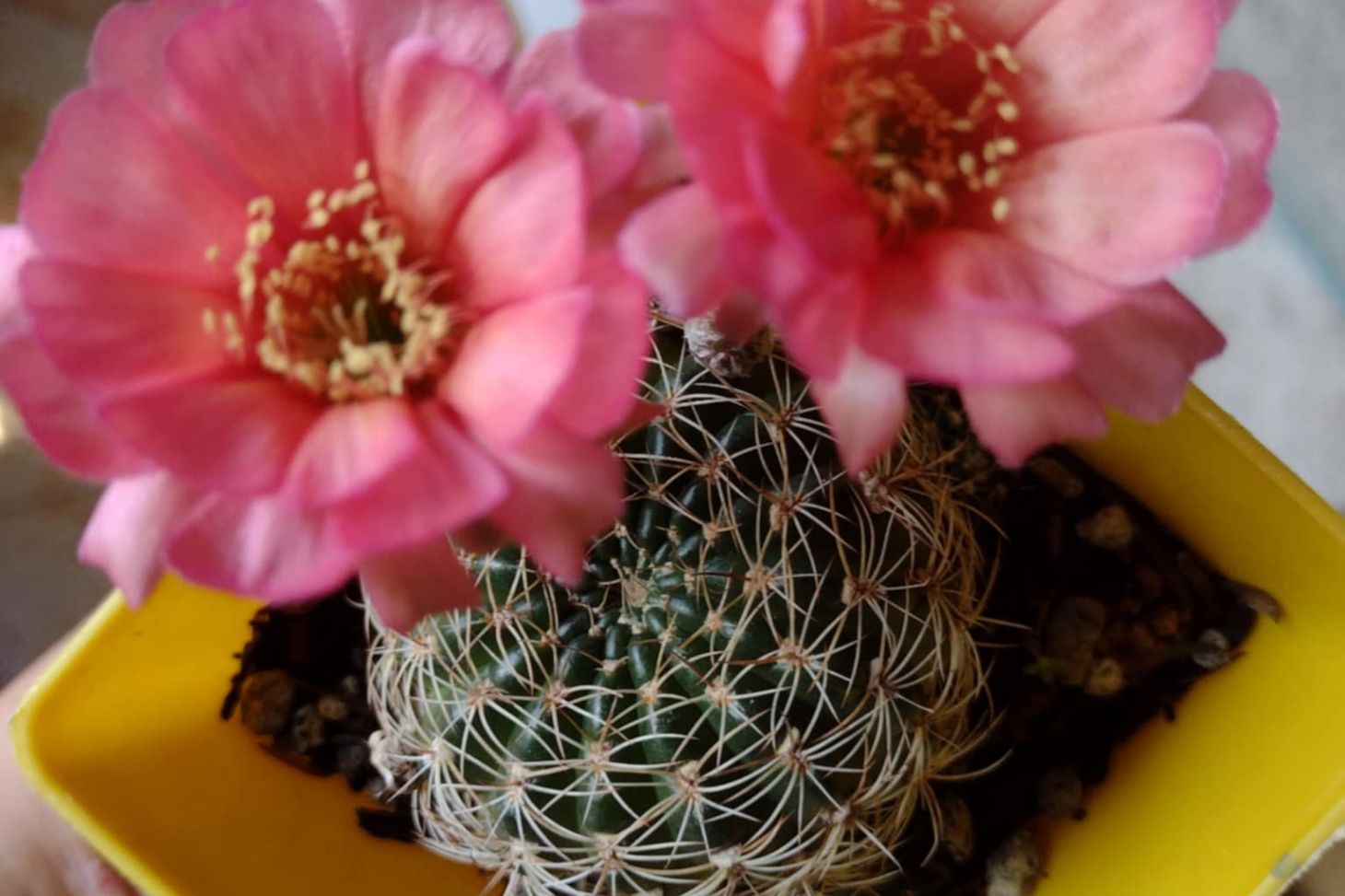How Often Do Cacti Flower?
If you have ever owned a cactus or seen one bloom, you know how special it feels. Most cacti flower once a year, but some types can bloom many times each year if they get the right care. The way your cactus flowers depends on its species, age, and the environment it grows in.
Not all cacti bloom at the same time or in the same way. Some flowers last only a single day, while others stay open for much longer. Even if blooming is not always regular, understanding your cactus’s needs will give you a better chance of seeing its flowers.
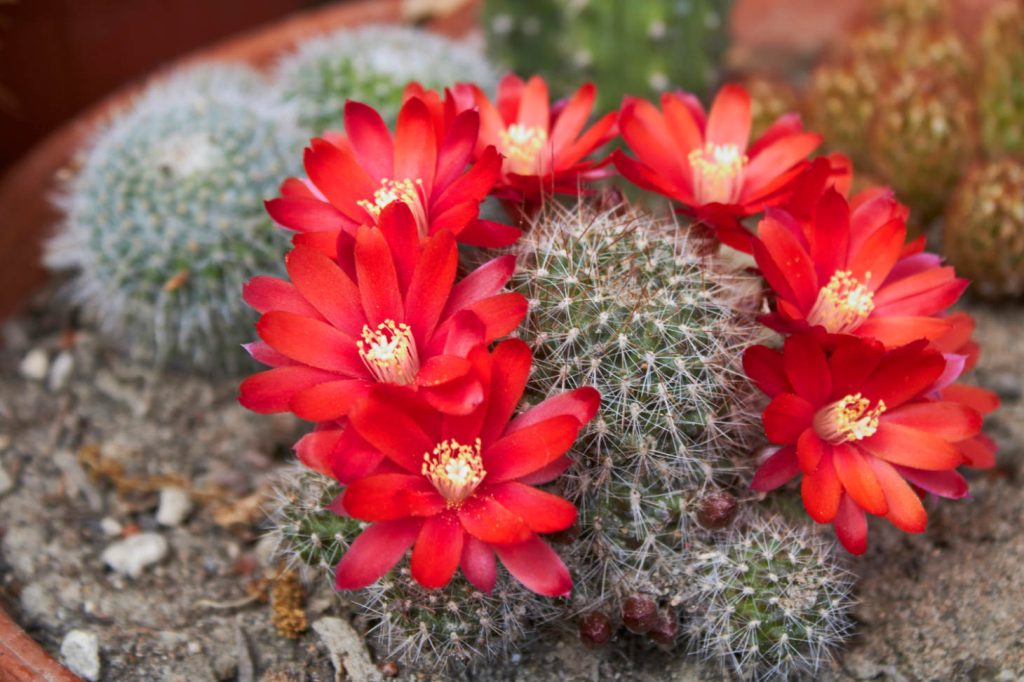
Key Takeaways
- Cacti often flower once a year, but some types can bloom more often.
- Flowering depends on cactus species, age, and growing conditions.
- Your care and environment impact how often your cactus blooms.
Cactus Flowering Cycles
Most cacti develop unique cycles for blooming, with their flower habits shaped by species, age, and their environment. Cactus flowers can be rare treats or frequent displays, depending on factors you can often influence.
Annual Flowering Patterns
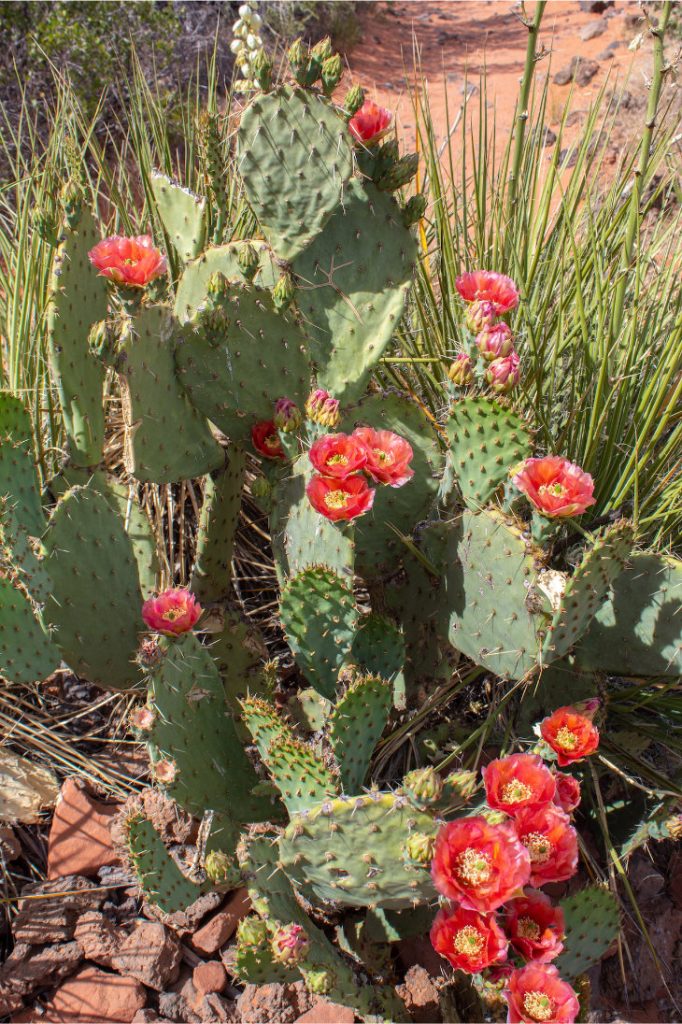
Many common cacti bloom once a year, usually in late spring or early summer, when days get longer and temperatures rise. The timing for peak flowering, like the Saguaro cactus, is often in May or June. Some species, such as the prickly pear, also bloom around this time.
Certain indoor cacti varieties may flower several times a year with proper care. Others, like the Saguaro, might take decades before flowering for the first time. The number of blooms per year also depends on the species. Some cacti only give you beautiful flowers one time a year, while others offer bursts of color multiple times if they are very healthy.
Typical Annual Flowering Times:
| Cactus Type | Usual Bloom Period |
|---|---|
| Saguaro | May – June |
| Prickly Pear | Early Summer |
| Holiday Cactus | Late Fall or Winter |
Factors Affecting Bloom Frequency
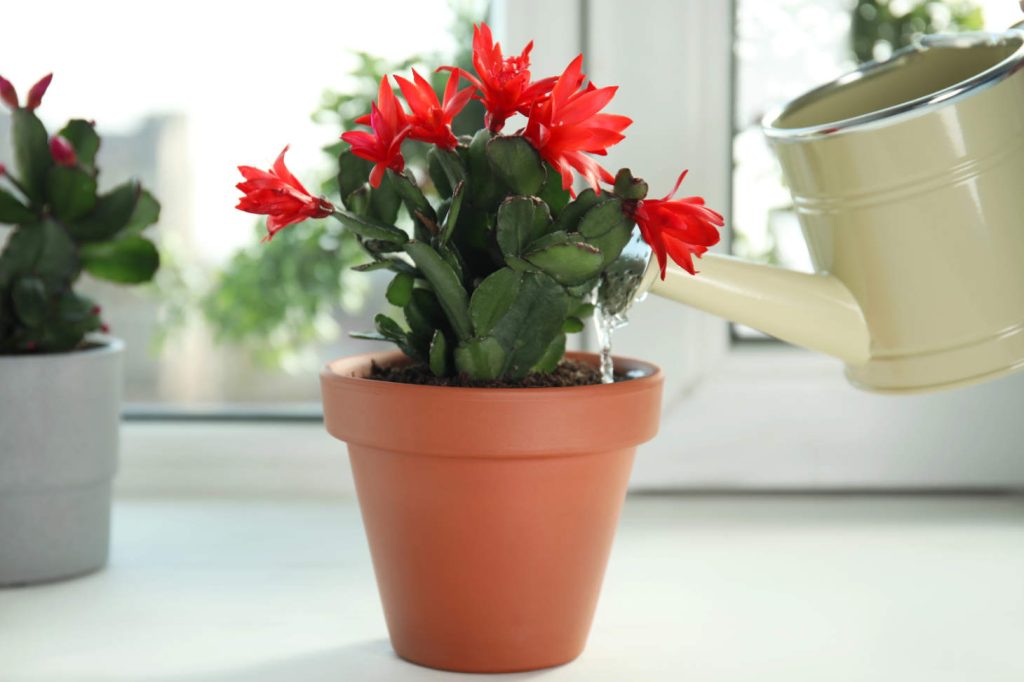
The age and type of your cactus are important for predicting flower frequency. Some cacti will not flower until they are several years old. For example, Saguaro cacti can take over 30 years to bloom for the first time.
Genetics also make a difference. Certain species are naturally more likely to produce flowers often. Healthy roots and no damage or disease mean more frequent blooms. Well-fed cacti that get nutrients, especially phosphorus, usually flower more. Watering too much or too little may reduce your chances of seeing flowers.
Factors Impacting Blooms:
- Plant age
- Species and genetics
- Root health
- Amount and type of fertilizer
- Watering practices
- Light, temperature, and humidity
Environmental Influence on Blooming
Your local environment strongly affects how often cacti flower. Light is key. Most cacti must have several hours of bright sunlight each day. If you grow cacti indoors, put them near a sunny window or under strong grow lights.
Temperature also plays a major role. Warm days and cool nights encourage flowering in many species. Some cacti need a short rest period in winter with less water and cooler temperatures to build up energy for spring blooms.
Soil quality, drainage, and humidity all affect how well your cactus will flower. Keep soil dry between waterings, and avoid placing cacti in rooms that stay very humid. Matching your care to your cactus’s natural habitat can help you see more beautiful flowers each year.
Many cacti need a period of reduced light and cooler temperatures in winter to trigger blooming in the spring. This seasonal light restriction mimics natural dormancy and signals the plant to prepare for flowering. Avid growers often replicate this by limiting light exposure during winter months, then increasing light and warmth in spring to encourage bud development. While light restriction helps initiate the bloom cycle, strong, consistent light is still essential for the cactus to actually produce flowers.
Flowering Patterns by Cactus Species
Different cactus species bloom at various times and show unique flowering habits. Some flower at night, while others put on bright day shows. How often they bloom and how long flowers last can also vary by species.
Saguaro Cactus Flowering Cycle
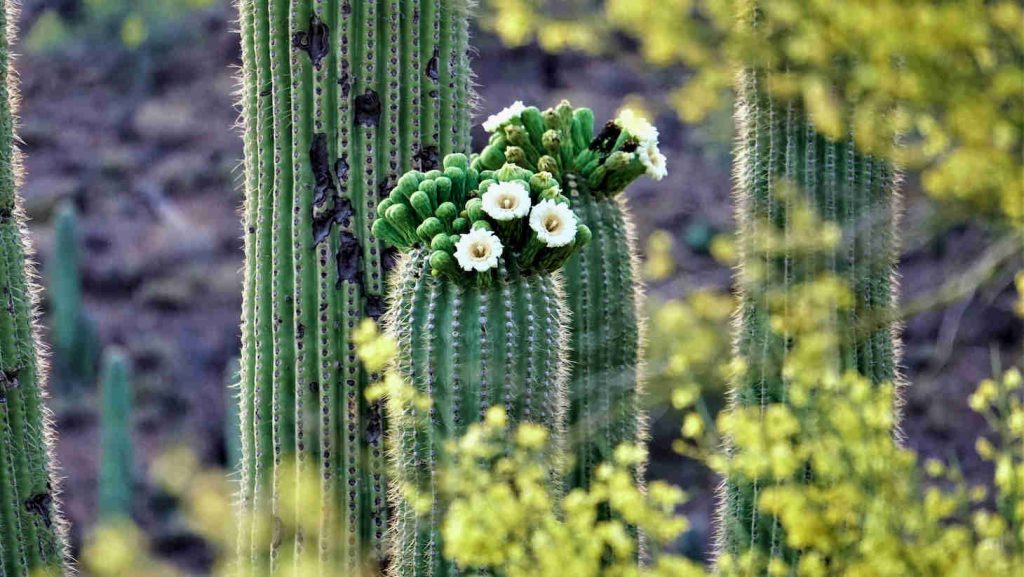
The saguaro cactus (Carnegiea gigantea) produces large white flowers that bloom at the top of its arms or crown. These flowers appear mostly between late April and early June, with May being the usual peak blooming time.
Saguaro flowers open at night and stay open through the next day, closing by afternoon. Each flower only lasts for about 24 hours. The blooming can be spread out over several weeks, making the display last longer on the whole plant.
Saguaros do not bloom when they are young. Most start flowering at 35 to 70 years old, depending on growing conditions. Each mature saguaro produces several dozen to hundreds of flowers each year, but the show is strongest in late spring and early summer.
Beavertail Prickly Pear Blooms
The beavertail prickly pear (Opuntia basilaris) is known for its wide, flat pads and stunning magenta or pink flowers. Blooming happens mainly in the mid-spring to early summer, usually from March to June.
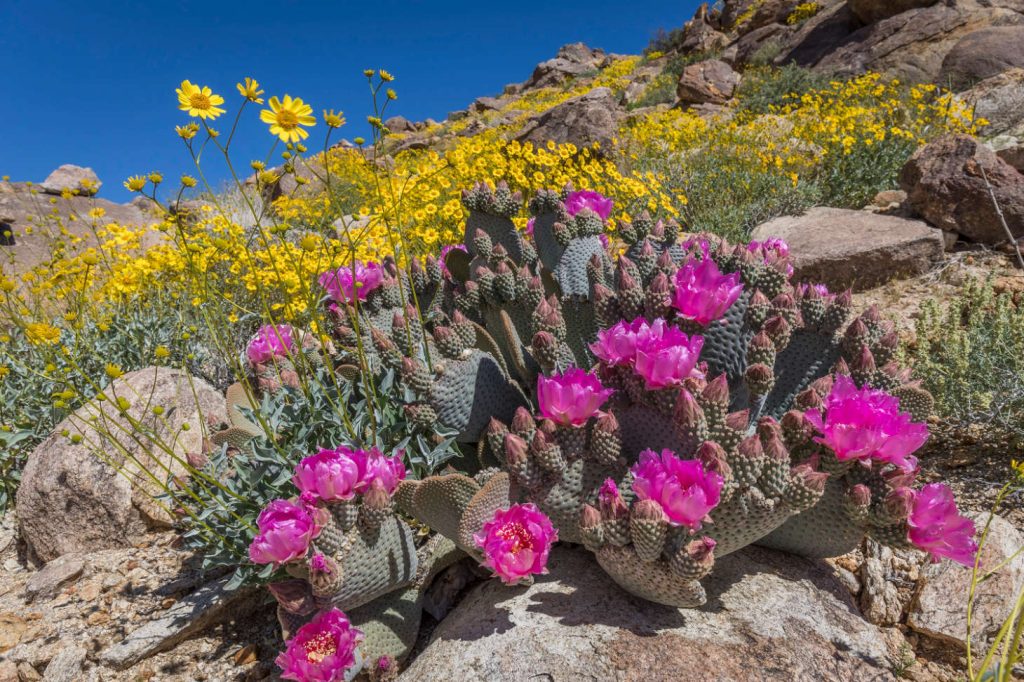
Unlike the saguaro, the beavertail’s blooms open during the day and last only a single day or two. The flowers appear individually on the pads, making for a showy appearance. Beavertail prickly pear often blooms every year, given enough sun and water during the growing season.
Younger plants flower less than mature ones, but even a small plant can produce several blooms each season. Rain in winter and early spring can lead to more flowers.
Hedgehog Cactus Blooming Habits
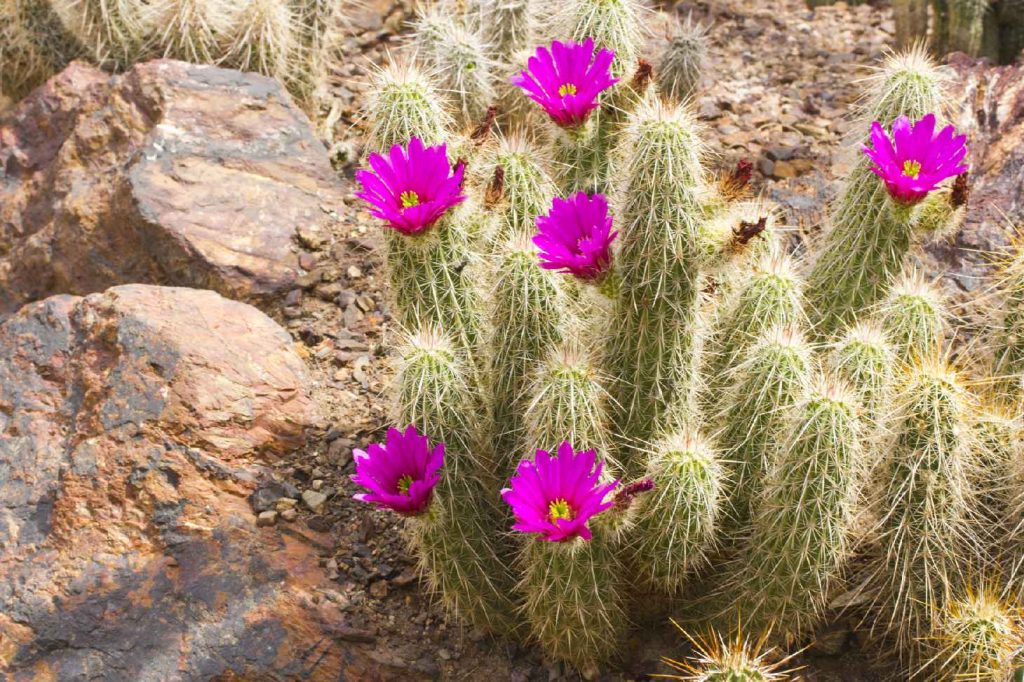
The hedgehog cactus (often Echinocereus species) is a small, clumping cactus that grows low to the ground. It produces brightly colored flowers, usually red, pink, or purple.
Flowering tends to occur from March through May, but the timing depends on your local climate. The blooms last about 3 to 5 days, which is longer than some other cactus flowers but still short.
Hedgehog cacti often bloom every spring if conditions are right. They can have many flowers at the same time since each stem can produce several buds.
Chamaecereus Flowering Characteristics
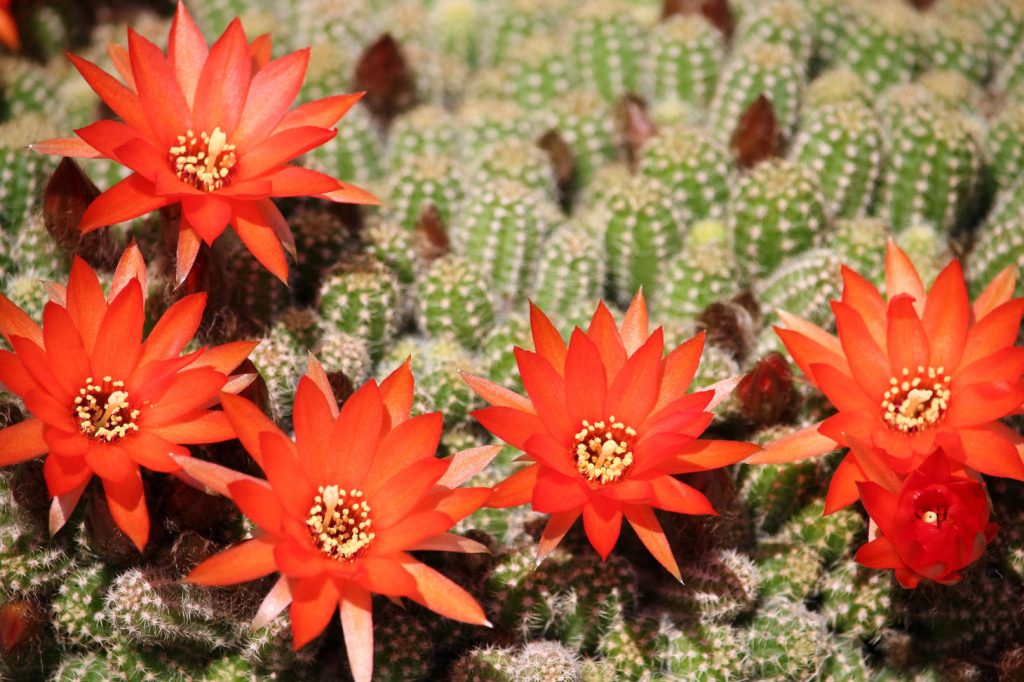
Chamaecereus, also called the peanut cactus, is a small, branching cactus with cylindrical, segmented stems covered in soft spines. It is known for its bright orange or red flowers.
This cactus usually flowers in late spring or early summer, often around May or June. The flowers open during the day and can last for about 1 day. Well-cared-for chamaecereus can bloom generously, with many flowers all at once.
Flowering is most likely if the plant gets enough light and goes through a cool, dry rest period in winter. Young plants may take 2 to 3 years before they start to flower regularly.

